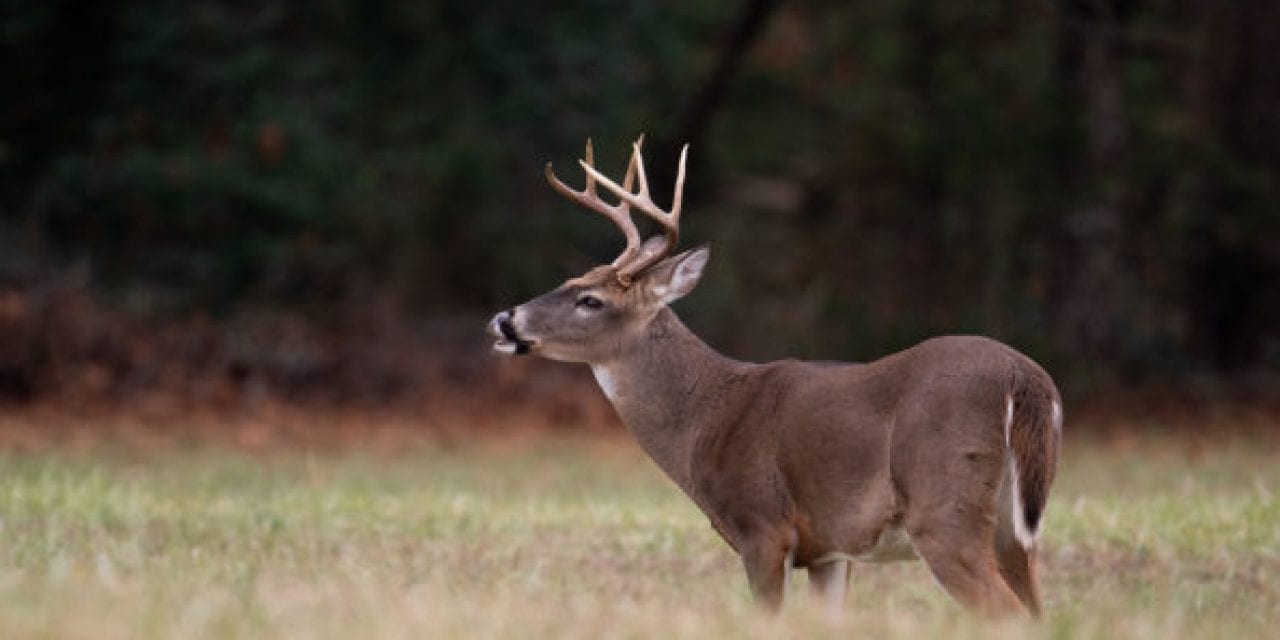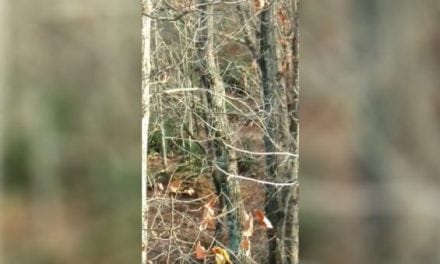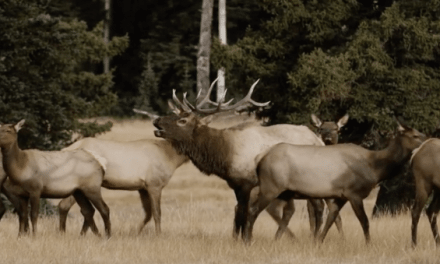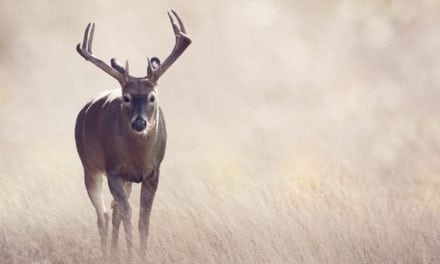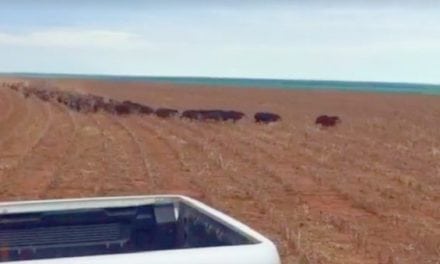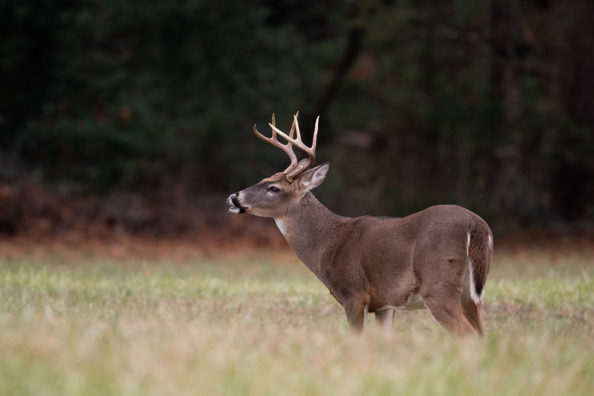
If you’re hoping to make a clean, ethical shot while deer hunting, this deer anatomy breakdown is sure to help.
Most deer hunters know what they are shooting at when they aim at a whitetail deer. However, when it comes to deer anatomy, it shouldn’t always be looked at that simply.
A couple inches too high or too low might be the difference between recovering a deer steps away from where it was hit, and tracking a blood trail hundreds of yards into the woods.
Shot placement is important, and that’s especially true while bowhunting. Hopefully some of this explanatory information will help you know exactly where the vital organs are and how and when they are exposed in relation to a deer’s posture.
Broadside
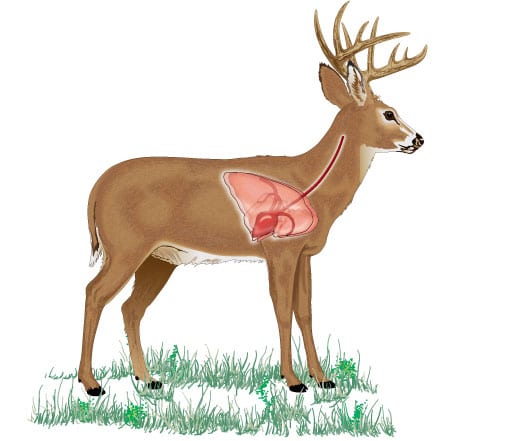
Nine times out of 10, a deer offering a broadside shot provides the highest chances of making a clean, ethical kill.
Whether you make a lung shot or a heart shot, either will cause massive hemorrhaging and the deer will not go far. However, that’s if you make a shot that hits the deer’s vitals completely.
Deer (especially mature deer) have been known to travel several hundred yards if a single lung is merely clipped. If that deer still maintains breathing with one and a half lungs, you’ll be surprised how far they can run. That’s why it’s important to hit and deflate one if not both lungs in one shot.
As you can see in the photo above, the lungs take up a large portion of the front shoulder area. Make note of the heart, but focus on the bigger picture of the lungs and you’ll be targeting the best overall area.
Quartering Away and To
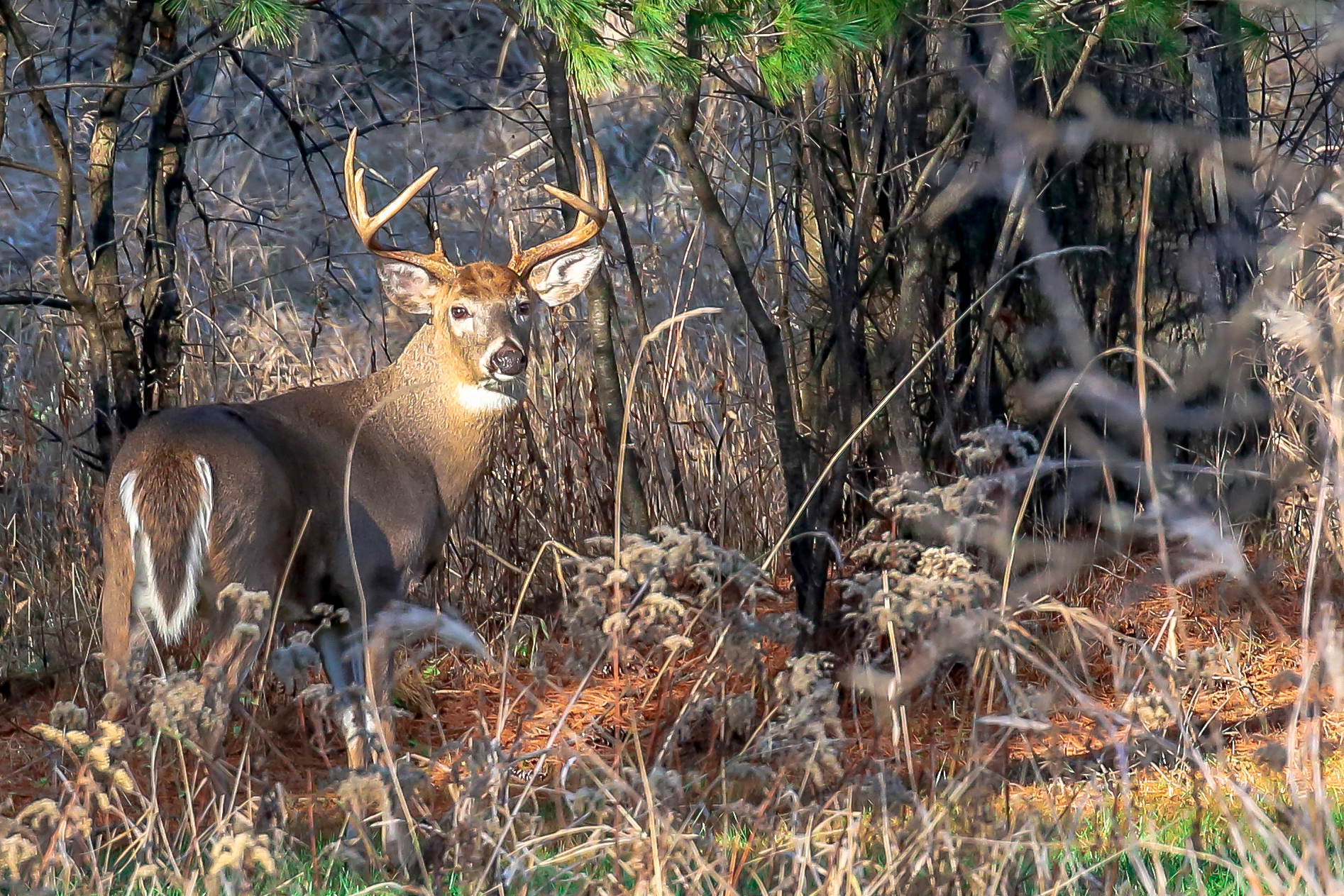
Conversely, it becomes more difficult to decipher the correct aiming area when a deer offers a quartering away shot or quartering to shot. When the deer is quartering away, a hunter needs to get enough penetration to sever the liver and/or a lung too. Sometimes that is the only shot that is offered by the animal, and it can add a lot of room for error, especially with a bow.
Oftentimes these shots end up slicing through the gut, and the end result is a deer running for a long time and likely not ever keeling over. It all depends on how drastically the deer is quartering away or to.
If you’re a good shot and have experience, you should by all means take what you’re given. However, if you haven’t practiced these shot angles (and done so from a treestand if that’s how you hunt), then you’ll want to become a better shot first before possibly wounding an animal.
Practice with a 3D deer target angling away or to, and work on penetrating vitals and nothing else.
Shoulder Blade
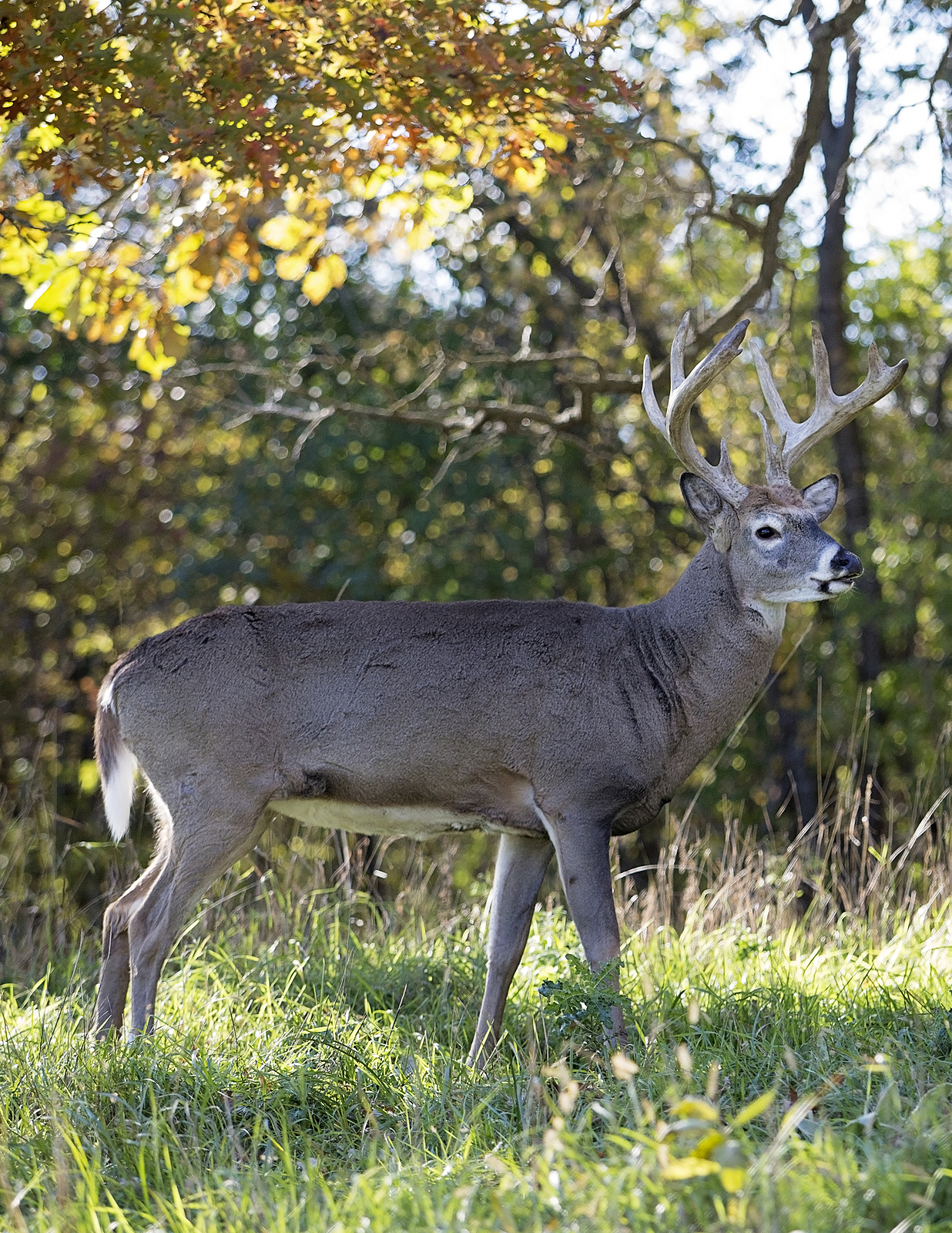
The shoulder is perhaps best at stealing a lot of joy away from hunters who think they’ve made a nice shot. Whether with a gun or a bow, a shot that hits the shoulder blade and therefore misses vital organs typically means there’s a good chance the deer will survive.
Obviously, the right rifle and caliber combination it will penetrate through the blade, but a bow or smaller caliber gun can lead to a ricochet, or stop the penetration altogether.
The shoulder bones are tough, so the best shot is when the deer’s front legs are forward, exposing the deer’s vitals. In the photo above, the deer has just taken a step with its front right leg, clearing the way for the vitals by shifting the shoulder blade forward. That’s the optimal shot. If you were to reverse the legs, and imagine the buck just stepped with its front left leg, the shoulder blade would be partially covering the vitals, giving you less room to work with.
The vital area on a deer compared to the rest of its body is ultimately a tiny target. That’s why it’s important to practice often and build confidence in a variety of shots, well before hunting season begins. Use this general explainer to help decide on the shots you take, and the ones you don’t.
Like what you see here? Read more hunting articles by Nathan Unger at whitetailguruhunting.com. Nathan is also the host of the Whitetail Guru Hunting Podcast.
NEXT: 10 YOUTUBE CHANNELS ALL HUNTERS SHOULD WATCH
WATCH
The post How to Make a Clean Ethical Shot Every Time You Take Aim appeared first on Wide Open Spaces.

